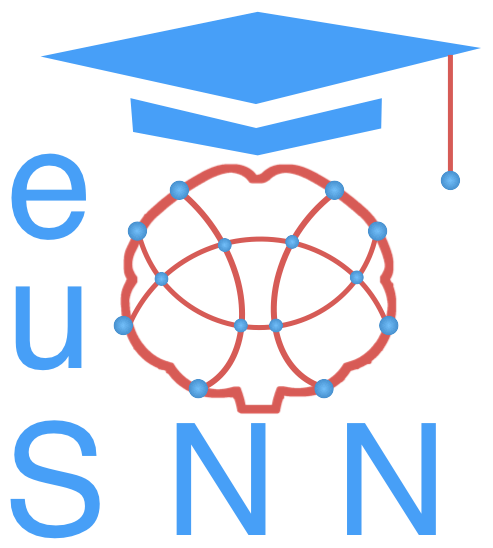Connectivity and role of the thalamic reticular nucleus (TRN) in cognition
Marie Carlén (PI), Marina Slashcheva
This project aims to elucidate the role of the inhibitory thalamic reticular nucleus (TRN) in cognition, and specifically how the prefrontal cortex (PFC) influences the actions of the TRN. The PFC is central to top-down mechanisms in, and behavioral benefits of, attention. The TRN sits between the thalamus and the cortex and has long been suggested to be the searchlight of attention. Recent work in non-human primates has demonstrated that the PFC sends widespread projections to the TRN, and it is suggested that layer VI cortico-thalamic collaterals are a driving force of the TRN searchlight. As part of the project the PFC-TRN circuitry will be established in the mouse in a cell-type and area specific viral approach. The results will guide electrophysiological in-vivo investigations of PFC-TRN interactions and optogenetic manipulations during behavior aiming at probing the role of PFC-TRN interactions in selective attention. While research describes gender differences in cognitive abilities, and in susceptibility to various mental disorders, little is known regarding plausible underlying biological, environmental and cultural factors. Gender differences have been documented in inhibitory subcortical neuronal populations, including in the thalamus, and in line with this the project includes investigation of sex difference in both circuitry, activity, cognition and possible cognitive deficiencies induced by optogenetic interventions.
Book traversal links for 9 Connectivity and role of the thalamic reticular nucleus (TRN) in cognition
- ‹ 8 Forebrain control of the dynamics of brainstem and spinal cord networks generating rhythmic activity
- Up
- 10 Mapping structural, functional, metabolic, and electrophysiological connectivity in healthy and stroke patients with a hybrid PET/MR system and hdEEG, and whole brain modelling of these relationships ›

 European School of Network Neuroscience
European School of Network Neuroscience